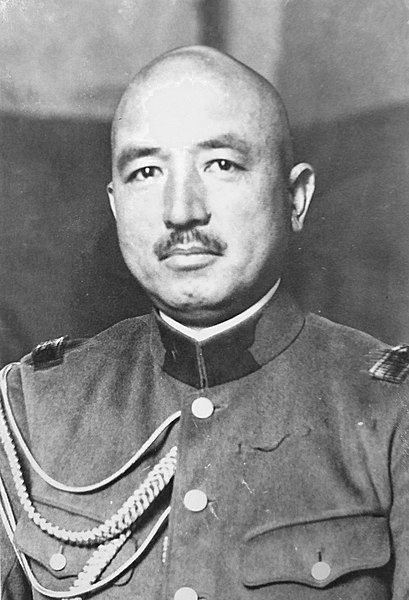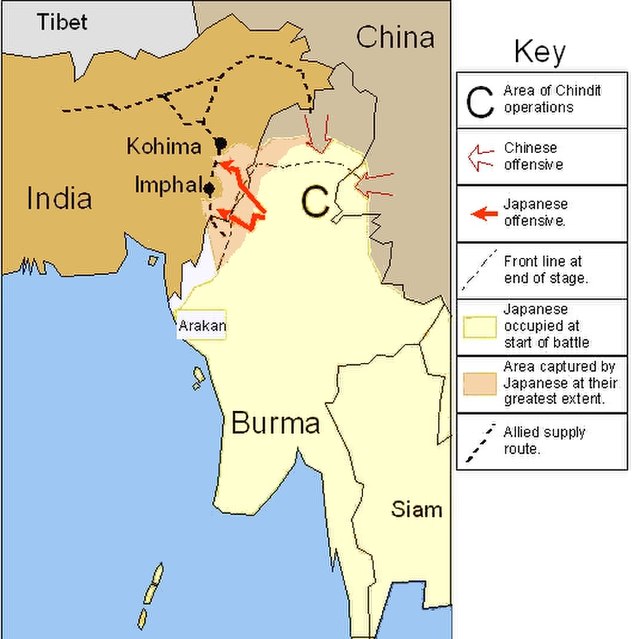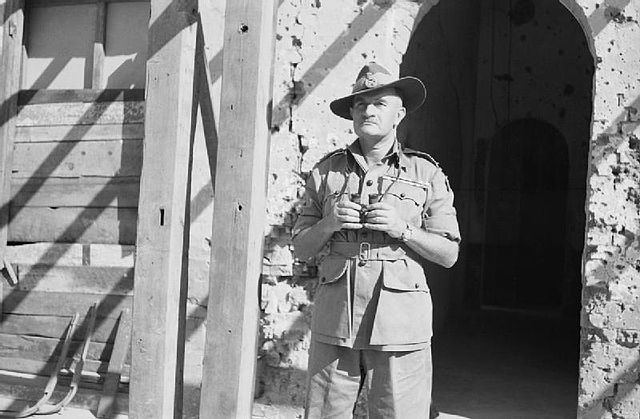The Imphal Peace Museum (IPM) (Meitei: Imphal Aying-Achik Pukei Lankei Shanglen, Japanese: インパール平和資料館, romanized: Inpāru heiwa shiryōkan) is a World War II museum at the foothills of the Red Hills (Maibam Lokpa Ching) in Manipur, India. It is a living memory of the Battle of Imphal (Anglo-Japanese war) and other World War II battles (March–July 1944) fought in Manipur. It is supported by the non profit grant making Nippon Foundation (TNF), collaborating with the Manipur Tourism Forum and the Government of Manipur. Notably, in a poll conducted by the British National Army Museum, the Battle of Imphal and Kohima was bestowed as Britain's Greatest Battle.
Imphal Peace Museum
The Battle of Imphal took place in the region around the city of Imphal, the capital of the state of Manipur in Northeast India from March until July 1944. Japanese armies attempted to destroy the Allied forces at Imphal and invade India, but were driven back into Burma with heavy losses. Together with the simultaneous Battle of Kohima on the road by which the encircled Allied forces at Imphal were relieved, the battle was the turning point of the Burma campaign, part of the South-East Asian theatre of World War II. The Japanese defeat at Kohima and Imphal was the largest up until that time, with many of the Japanese deaths resulting from starvation, disease and exhaustion suffered during their retreat. According to voting in a contest run by the British National Army Museum, the Battle of Imphal was bestowed as Britain's Greatest Battle in 2013.
Gurkhas advancing with Grant tanks to clear the Japanese from Imphal-Kohima road in North Eastern British India
Lt. Gen. Renya Mutaguchi, commanding Fifteenth Army
Imphal and Kohima campaign
Lieutenant General William Slim, commanding Fourteenth Army





